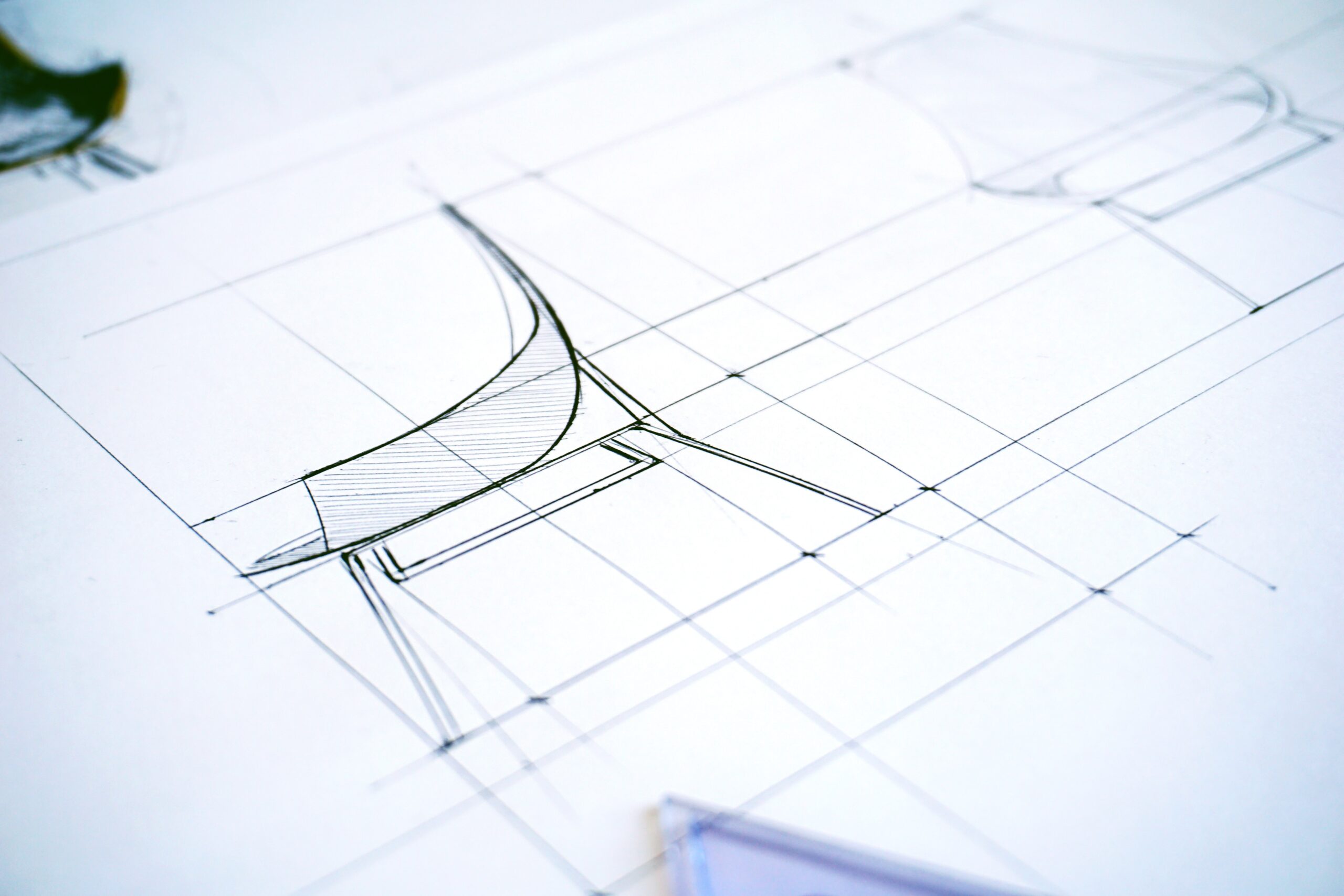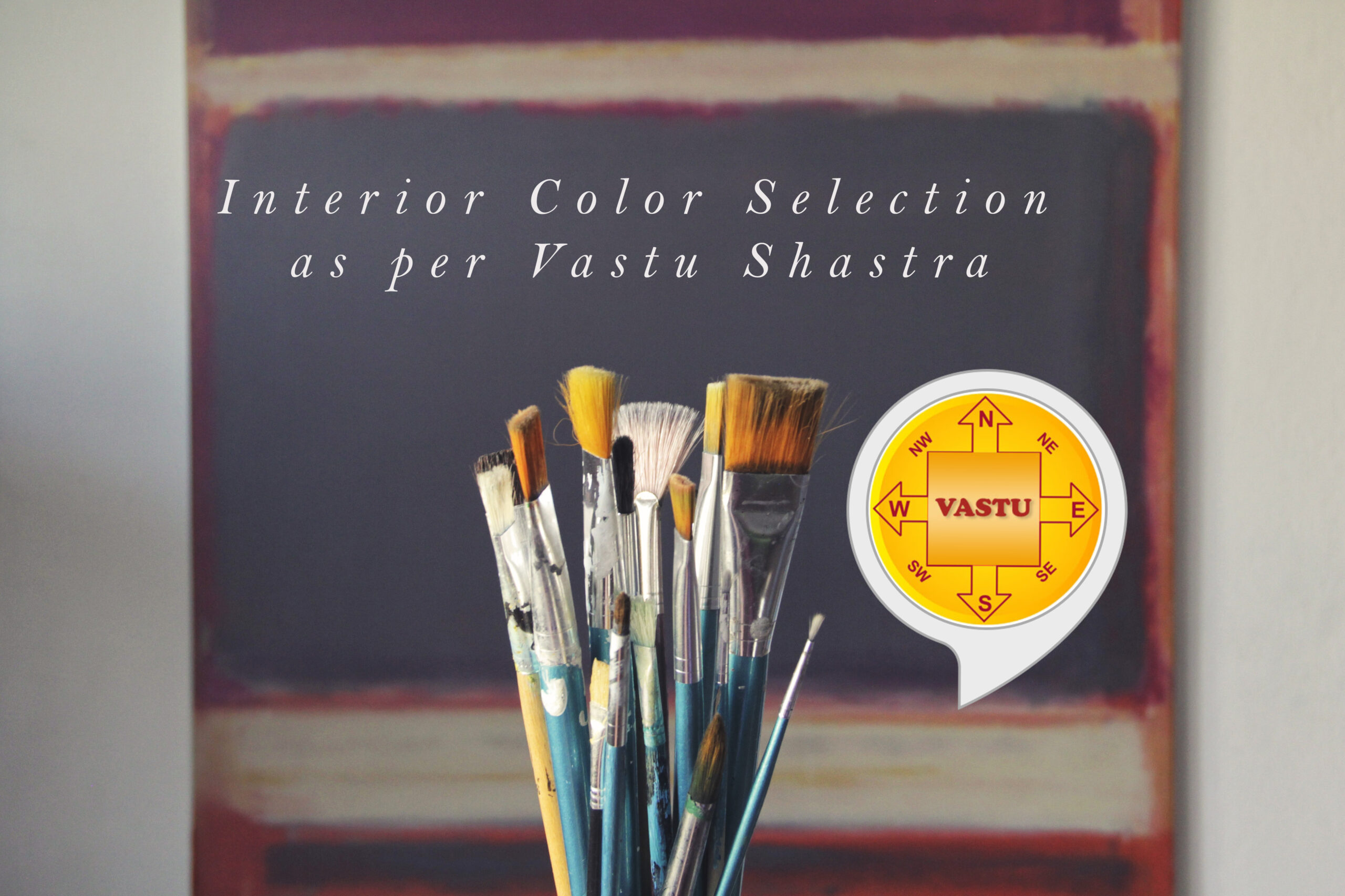The master bedroom is more than just a place to sleep; it’s a sanctuary where you can retreat from the world and recharge your mind and body. Whether you’re moving into a new home or looking to revamp your existing space, designing a master bedroom interior that reflects your personal style while promoting relaxation and comfort is crucial. In this blog post, we will guide you through the essential elements and design principles to help you create a beautiful and harmonious master bedroom that truly feels like a haven.
Determine Your Style
Before diving into the design process, it’s important to define your personal style. Do you prefer a modern and minimalist look or a cozy and rustic ambiance? Consider the colors, textures, and overall aesthetic that resonate with you. Look for inspiration in magazines, online platforms, or even by visiting furniture stores to gather ideas and create a mood board that reflects your desired style.
Choose a Soothing Color Palette
Color has a profound impact on our emotions and mood, making it crucial to choose a calming and soothing color palette for your master bedroom. Opt for soft, neutral tones like beige, cream, or pastel shades, which create a serene atmosphere. Adding a touch of your favorite accent color can inject personality and visual interest without overwhelming the space.
Prioritize Comfortable Bedding and Furniture
The bed is the centerpiece of any master bedroom, so invest in a high-quality mattress and luxurious bedding that provides both comfort and style. Consider the size of your room and choose a bed frame that complements the overall design scheme. Additionally, incorporate comfortable seating areas such as a cozy armchair or a bench at the foot of the bed, allowing you to relax, read, or enjoy a cup of coffee.
Optimize Storage Solutions
A clutter-free bedroom promotes a peaceful atmosphere, so ample storage is essential. Incorporate functional furniture pieces like dressers, nightstands, or built-in wardrobes to keep your belongings organized and out of sight. Customized storage solutions can be tailored to your specific needs, maximizing space while maintaining a cohesive design.
Lighting for Ambiance and Functionality
Proper lighting is crucial in a master bedroom, as it sets the mood and serves functional purposes. Install a combination of ambient, task, and accent lighting to achieve a balanced and adaptable lighting scheme. Dimmer switches provide flexibility, allowing you to create different atmospheres depending on your needs. Consider incorporating bedside lamps, pendant lights, or wall sconces to add both style and functionality.
Incorporate Natural Elements
Bringing elements of nature into your master bedroom can foster a sense of tranquility. Introduce indoor plants, fresh flowers, or natural materials like wood and stone to create a connection with the outdoors. Not only do these elements add visual appeal, but they can also improve air quality and promote a peaceful ambiance.
Add Personal Touches
To make your master bedroom truly unique, add personal touches that reflect your personality and interests. Display cherished photographs, artwork, or sentimental objects that evoke positive emotions. Incorporate decorative elements like rugs, throw pillows, and curtains that align with your chosen style, creating a space that feels like a true reflection of yourself.
Conclusion
Designing a master bedroom interior requires thoughtful consideration of various elements, from color selection to furniture choices and lighting solutions. By creating a space that reflects your personal style while prioritizing comfort, organization, and tranquility, you can transform your bedroom into a haven where you can relax and rejuvenate. Remember to focus on creating a harmonious environment that promotes restful sleep and nurtures your well-being. With careful planning and attention to detail, you can design a master bedroom that truly becomes your sanctuary.




